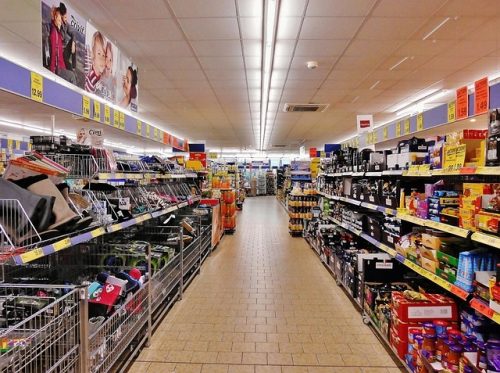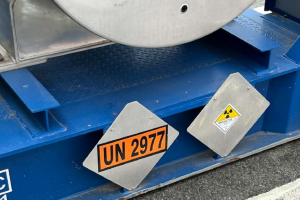Cost of living crisis intensifies as inflation hits 10.4%

Rising clothing and and food prices have pushed inflation up to 10.4% in February, new figures released by the Office of National Statistics (ONS) show this morning (March 22).
Consumer prices jumped from 10.1% in January, with food and non-alcoholic drink inflation rising to 18.2% in the year to February, while clothing and footwear costs were up by 8% over the same period. Other contributory factors were price rises in electricity and gas.
The rise will intensify the cost of living crisis and come as a surprise to City analysts who were expecting inflation to fall to 9.9%.
ONS chief economist Grant Fitzner said: ““Inflation ticked up in February, mainly driven by rising alcohol prices in pubs and restaurants following discounting in January.
“Food and non-alcoholic drink prices rose to their highest rate in over 45 years with particular increases for some salad and vegetable items as high energy costs and bad weather across parts of Europe led to shortages and rationing.
“These were partially offset by falls in the cost of motor fuel, where the annual inflation rate has eased for seven consecutive months.”
Danni Hewson, AJ Bell’s head of financial analysis, said there was some good news with petrol prices falling, but that the figures were a shock:
“Thinking back just a few weeks when supermarket salad aisles were suddenly empty and people were willing to pay just about anything to grab the last red pepper, it maybe shouldn’t have come as such a shock that inflation has jumped up once again.
“After three months of successive declines the expectation had been for another slight fall in the headline rate as prices gradually trundle back towards that rather elusive 2% target. But the government’s narrative has just suffered a plot twist and it’s a twist that couldn’t have come at a more inopportune moment.
“After two weeks of instability on financial markets there had been growing expectation that the Bank of England may take a pause in its rate hike journey, and that can’t be ruled out, but today’s upward shift will be akin to popping a rooster into the henhouse.
“Some of the reasons for the inflationary spike are unseasonable and mostly unpredictable. Normally bars and restaurants wouldn’t have been fighting over themselves in January to dish up alluring offers designed to grab a bit of the consumer cash that hadn’t been spent over the Christmas period. Normally new year clothing sales would have given way to full priced spring lines before the twinkly lights were stowed away. But these aren’t normal times and retailers and hospitality venues used February to retrench.
“There has been some good news, the price at the pump has fallen again and the cost of transport is also down. And whilst energy prices are still uncomfortably high compared with last year at least households don’t have to deal with the prospect of an increase at the end of the month, which should prevent an inflation spike in April.
“And reading across, producer prices are still falling primarily thanks to a fall in the price of oil. Wholesale gas prices and the cost of other commodities are also down, but there is a lag and that’s keeping things uncomfortable for both businesses and households trying to balance the weekly budget.”








